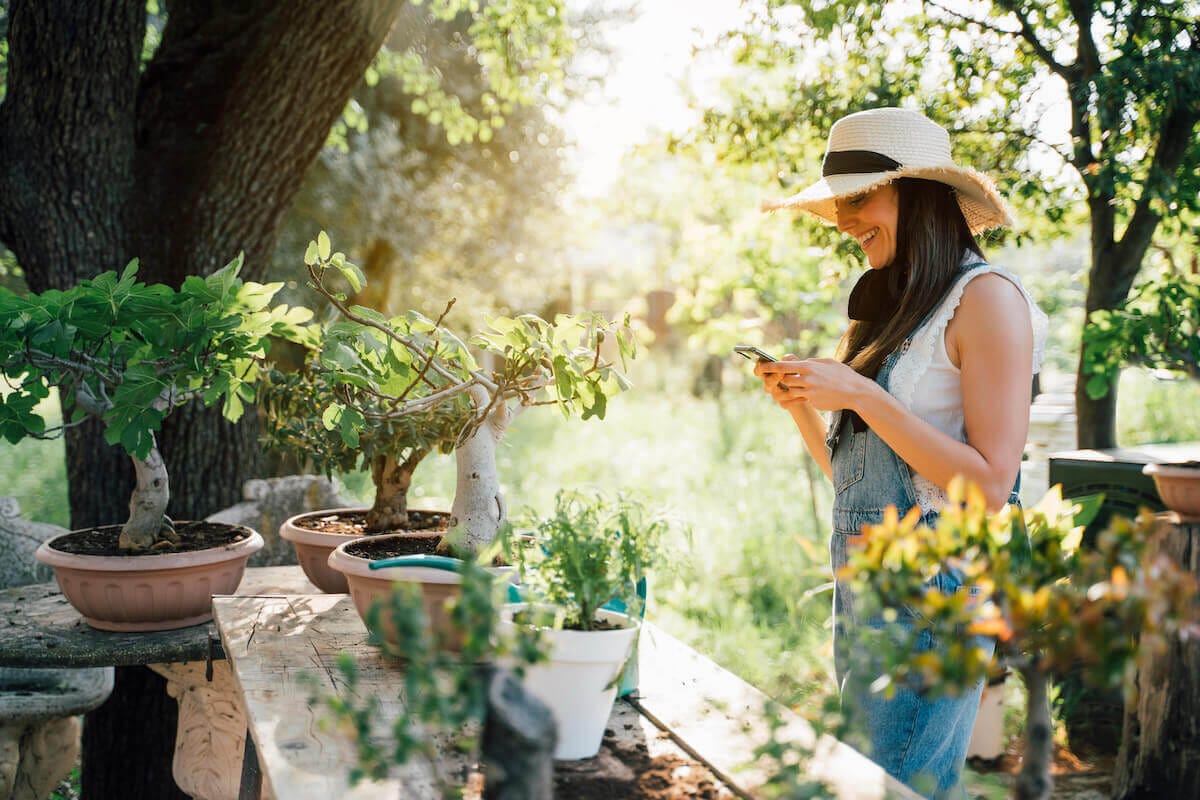- Faith Activist
- Posts
- Practical Guide to Eco-Friendly Living and Sustainability
Practical Guide to Eco-Friendly Living and Sustainability
Simple Steps to Honor Creation and Reduce Environmental Impact.

For many people, church has always been a vital part of their spiritual life. But what happens when the weekly ritual of attending Sunday service starts to feel more like a chore than a source of inspiration? A friend of mine — we’ll call him Phil — recently expressed his concerns to me: “Going to church has become really boring for me, and I’m thinking about not going anymore.” Phil’s experience is far from unique, and it raises some important questions about how we connect with our faith and our communities.
Embracing a New Perspective on Creation
In her book 7: An Experimental Mutiny Against Excess, author Jen Hatmaker references a tweet from @xianity that humorously captures a common perception: “Today is Earth Day, or as conservative evangelicals call it, Thursday.” This view highlights a disconnect that many Christians experience when considering their relationship with the environment. Growing up in a suburban, middle-to-upper-middle-class Christian family, I, too, held what I now call a "dominion view" of creation. The belief that humans have dominion over the earth often led to the idea that we could use the earth as we pleased.
As an adult living in the mountains of western North Carolina, surrounded by the breathtaking beauty of the Blue Ridge Mountains, my perspective has changed. When I pause to appreciate the magnificence of God’s creation, I am reminded of His glory and feel a profound instinct to care for the earth rather than exploit it. This shift in perspective prompts a more intentional approach to sustainable living and creation care.
Overcoming Intimidation and Taking Action
Starting on the path of sustainable living can be intimidating. The overwhelming voices of those well-versed in eco-friendly practices can make it feel like the only option is to adopt extreme measures immediately. However, to quote G.K. Chesterton, “If a thing is worth doing, it’s worth doing badly.” In other words, taking small steps is better than taking no action at all.
If you’re new to creating less waste, being a thoughtful consumer, and caring for our beautiful planet, here are some easy first steps to get started:
1. Start Recycling
Recycling is one of the simplest ways to begin your journey toward sustainability. It doesn’t matter if you do it perfectly; just start. Most cities have recycling programs you can opt into, and some even require participation. Look up what materials are accepted in your area and start filling your recycling bin. Challenge yourself to have more items in your recycling receptacle than in your wastebasket.
2. Minimize Waste Overall
While recycling is essential, minimizing the waste generated in the first place is equally important. Disposable kitchen products are significant contributors to unnecessary waste. Commit to eliminating disposable plates, napkins, cups, and cutlery from your kitchen, even when hosting large gatherings. Use the money usually spent on paper towels to purchase additional dishtowels, and you’ll be amazed at how easy and budget-friendly it is to eliminate paper towels entirely.
Switch to cloth napkins for everyday use, not just special occasions. Buy food in bulk rather than prepackaged servings, which create more waste due to excess packaging. Packing lunch in a bento-style box with compartments for different foods can also reduce the need for disposable plastic sandwich bags.
3. Conserve Energy
Simple actions, such as turning off lights when they’re not needed and avoiding running the air conditioning or heating with windows open, can conserve energy. Consider installing a digital thermostat with a programming option, allowing you to use your heating or cooling system only when necessary. For instance, schedule the heat to come on around 4 p.m. if you return home from work at 5 p.m., so it’s comfortable upon arrival. Embrace energy-free solutions, such as leaving the temperature a degree cooler in winter and investing in warm socks. Conserving energy not only helps the environment but also saves money, making it a win-win situation.
4. Buy Smart
When purchasing a home or car, consider energy-efficient options. While these may cost more upfront, they often lead to significant savings over time. Many cities and states offer tax breaks and rebates for purchasing energy-efficient products, so research what incentives are available in your area.
5. Buy Local
Supporting local businesses is beneficial for the community and often better for you. Small, local farms typically raise animals and crops using eco-friendly methods, resulting in cleaner food for consumers and healthier land and water for surrounding areas. Additionally, buying local reduces the need for long-distance transportation, which significantly impacts the environment. Cutting out cross-country food transport whenever possible is another simple win-win for sustainability.
Finding Fulfillment in Creation Care
I’m not an expert in creation care, but I am committed to discovering where I can make a positive impact. I want to honor the Creator by caring for what He has made. As Wendell Berry eloquently said, “The ecological teaching of the Bible is simply inescapable: God made the world because He wanted it made. He thinks the world is good, and He loves it. It is His world; He has never relinquished the title to it… If God loves the world, then how might any person of faith be excused for not loving it or justified in destroying it?”
Moving Forward
What simple steps have you taken to glorify your Creator by caring for creation? Reflect on how you can incorporate sustainable practices into your daily life and encourage others to join you on this journey. By taking these small yet meaningful steps, we can collectively contribute to the well-being of our planet and honor the beauty of God’s creation.
Share this article with others or subscribe to our newsletter for more insights on sustainable living and creation care.
Reply